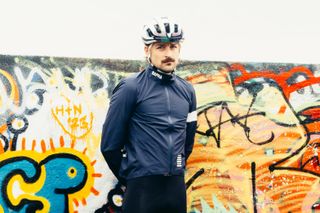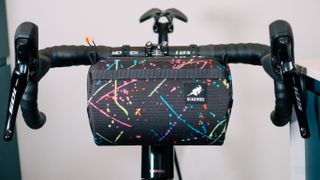Tech
Latest about Tech
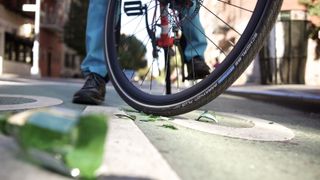
Best commuter bike tyres: Durable rubber for a range of riding
By Charlotte Head last updated
Buyer’s Guide Avoid flats and make the ride to work a pleasure by choosing the best commuter bike tyres
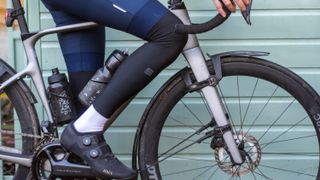
Best leg warmers for cycling 2025: Six options for all budgets tested and rated
By Tom Wieckowski last updated
Buyer's Guide The best cycling leg warmers add extra warmth and will extend the usability of your bib shorts
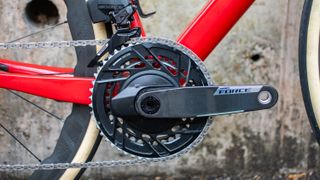
A Swiss army gravel bike, some of the best brakes around, and sunglasses for the winter: Tom's Gear of the Year
By Tom Wieckowski published
Feature The gravel shorts I've used for all my big rides this year, and one of the best groupsets on the market make my list this year
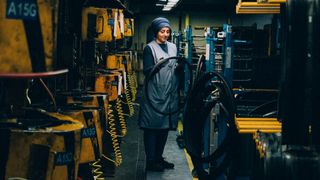
Hot off the press: How Hutchinson uses century-old equipment to make modern race tyres in the heart of France
By Will Jones published
Gallery We go inside the factory which features 100-year-old machines, steam power, and a delightful cafeteria
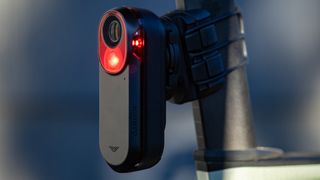
Give the gift of cycling safety this Christmas – This Garmin Varia light has $50 off and is loaded with advanced features, including a radar and camera function
By Paul Brett published
Deal I love the Varia RCT715. It's one of the best pieces of cycling tech I've ever owned, and now at one of its lowest prices in this Garmin Holiday Sale deal
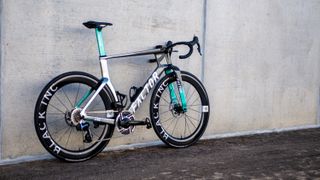
Factor launches ONE: An insane aero bike with 'modern geometry', a barely-legal fork, no stem, and a head tube that could cut fruit
By Josh Croxton published
News 40 slides on geometry, one on aerodynamics: The new Factor ONE is more than just a radical aero bike
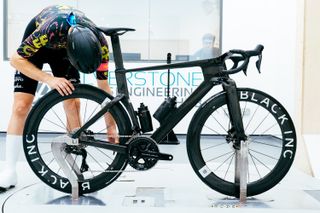
We took Factor's new ONE aero bike to the wind tunnel: Does it stack up to Factor's 'fastest UCI-legal road bike' claims?
By Andy Turner published
Member Exclusive The most radical looking road bike release of 2025 for many, but does the data live up to the hype?
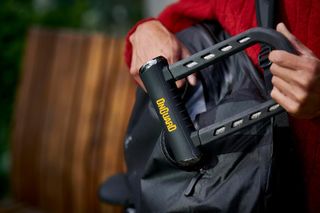
Keep the bike thieves at bay with the OnGuard RockSolid U-Lock – It’s normally one of the most expensive bike locks on the market, but right now it's 20% off at Amazon
By Paul Brett published
Deal OnGuard claims the RockSolid bike lock provides "An impenetrable fortress against even the most determined thieves" Invest in keeping your bike safe, with this angle grinder-resistant bike lock at one of its best prices
The latest race content, interviews, features, reviews and expert buying guides, direct to your inbox!
